1. Break dancing
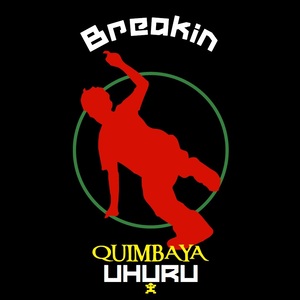
B-BOY & B-GIRL: Dance within Hip-Hop Culture (Breakdance)
Breakdance, and its practitioners, B-BOY & B-GIRL, is a dance form rooted in rhythm and martial arts. It is said to be a fusion of various Euro-Afro-Hispano-Caribbean rhythms, as well as influences from gang practices in New York neighborhoods.
Breakdance helped revive certain dance styles and martial arts that were losing popularity in the late ’70s, blending them into what we know today. The combination of Kung Fu, Capoeira, gymnastics, funk, salsa, disco, and salsa disco sparked creativity in each B-BOY & B-GIRL, allowing them to transform individual steps into more dynamic and demanding routines.
Some breakdance moves include: Top Rocking, Up-Rocking or Style, Footworks, Powermoves, Freezes, etc.
2. Graffiti

WRITERS OF THE ART OF GRAFFITI
Graffiti is the aesthetic and graphic sense of Hip Hop Culture. This element is conceived from urban art, from painting and street art, from assuming a posture of rebellion and public denunciation within the walls that coexist in the city, with the graffiti artist taking a leading role, making the walls the canvas of what they want to express. Graffiti corresponds to a raw material that is feeling, emotions, or denunciation. Likewise, graffiti corresponds to subjective aesthetic logics, everything comes from the one who makes it and what they want to express. We must also consider the psychological aspect of graffiti and how it corresponds to the interpretative subjectivity imparted from its particular vision. For this, color, shapes, and their abstract meanings determine the coherence or intention of the Graffiti artist. Graffiti began in the streets of New York when ethnic minorities were not heard by the government system. Thus, this practice entered the dynamics of denunciation and demand against the atrocities committed by the government and its oppressive apparatus, the police. The graffiti artist must understand art as a unique, original, and immovable piece that has within its particularity a unique style. These styles correspond to understanding the characteristics of Graffiti from its aesthetic vision, that is: the Tag, Throw Up, Dirty, 3D, Boombing, Wild Style, etc.
3. Emceein
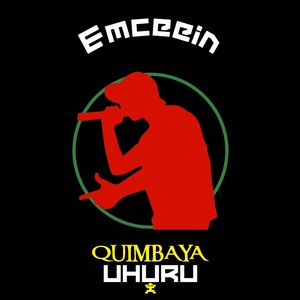
The MC, Master of Ceremony, Microphone Check, is the person whose role is linked to the art of Rap music. This character, within Hip Hop Culture, has the responsibility, almost the obligation, to communicate through Rhymes. These rhymes are in some way the intrinsic evolution of their thoughts or experiences. This musical art also corresponds to the logic of understanding RAP from its genealogy, or in this specific case, from the etymology of the word RAP, Rhyme And Poetry: which means, Rhythm and Poetry.
The MC is, above all, the person who communicates through music, through the words expressed, in a Sampled or synthetic Beat, a Human Beat Box, or an acapella. It is also part of the MC’s character to function as a communicator of the experiences or realities existing in urban, political, cultural, etc., spaces.
The MC began their role within Hip Hop from a complex perspective, as it was the Deejays who initially fulfilled the role of Master of Ceremony. This role emerged from the need for someone to animate the parties in 1973.
The essential objective of the MC from its beginnings has been to correspond to several dynamics, including denunciations, festivity, communication, or the visibility of street experiences. However, the role of the MC in Hip Hop culture is as essential or important as any of the other elements. The MC is the creator of Rap Music.
4. DJing
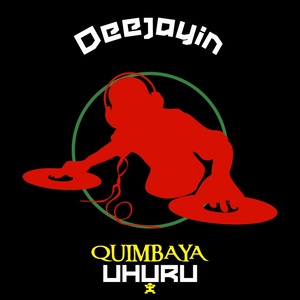
First element of Hip Hop Culture. Its main pioneers, Kool Dj Herc, Afrika Bambaataa, Grandmaster Flash, among others, this element is executed with knowledge fundamentally from music, from the cosmic orientation of understanding the audience and perceiving the dynamics of spaces. The Deejay is the quintessential element that strives to give life to dance (Breakdance). From this element, some important elements arise, such as Scratching, Turntablism, Bugging, among others, which are ways of interacting with their two tools: the turntables, the mixer, and the vinyls or LPs.
5. Beatboxing
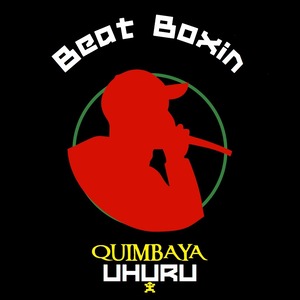
The Instrument of God, the Body. It is said that since the existence of Man, he has had the need to transmit knowledge and communicate with his peers. It is as if, from those times, in the cradle of Humanity, indigenous groups decided to make sounds with their bodies, from there vocal sounds emerged.
These practices allowed for different sounds to be created through breathing combined with certain physiological patterns. Additionally, the emulation of sounds from nature allowed the native man to design his own forms of communication through body sound.
In Hip-Hop culture, it was adopted out of the need to accompany the MC or replace the DJ. It is commonly seen in cyphers or street circuits, where it is common to see them accompanied by MCs who express themselves in freestyle.
6. Street Fashion
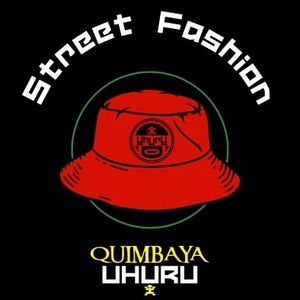
Street fashion, ways of behavior, dressing, acting, interacting, or communicating our identity as Hip Hoppers. This element of Hip Hop Culture allows the identification of the Hip Hopper within the city and allows the visibility of communicative differentiation, that is, it allows society in general to perceive the cultural existence in a specific space. It also allows the Hip Hopper to recognize and make visible an important aesthetic part of their identity.
7. Street Language
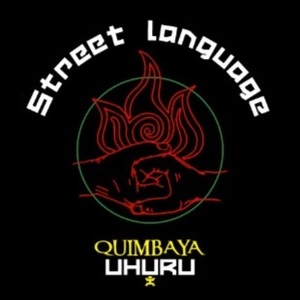
STREET LANGUAGE, Slang, street jargon, urban dialect, the semantics and symbolism of street language, that is, the forms of language used in the streets, that jargon that is learned and constructed from contexts, from specific spaces, arises from the need to express things that are not within common language. Street language aims at the broad function of constructing identity and communication within Hip Hop Culture.
8. Street Knowledge
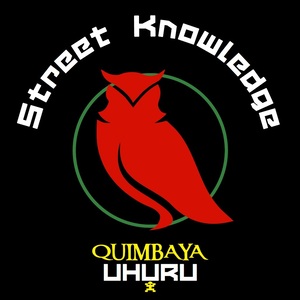
Street knowledge is that daily practice, the reading of our realities and how Hip Hoppers behave within the logics and dynamics of the Metropolis. Street knowledge also aims to know how to coexist and understand how to survive under the adversities existing in large cities. Likewise, for Hip Hop, street knowledge allows one to visualize the impact of their actions, where they rap, where they tag, where they dance, where they improvise, or where they interact with their crews, clans, or groups.
9. Street Entrepreneurialism
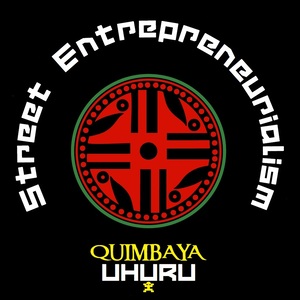
This element is focused on self-sustainability, on the creativity to establish or create economic forms for Hip Hoppers. It also allows for the recreation of self-management and the accumulation of knowledge within the essential practices of building autonomous economic circuits, that is, how entrepreneurship becomes a self-sustenance for those who perceive Hip Hop not as a business, but as a link to improving the quality of life for Hip Hoppers without depending on the government, multinational corporations, or capitalist entrepreneurs. This element helps us understand the importance of studying and reaffirming our practical endeavors so that, in the future, we are not working for anyone other than the Universal goal of Hip Hop Culture.